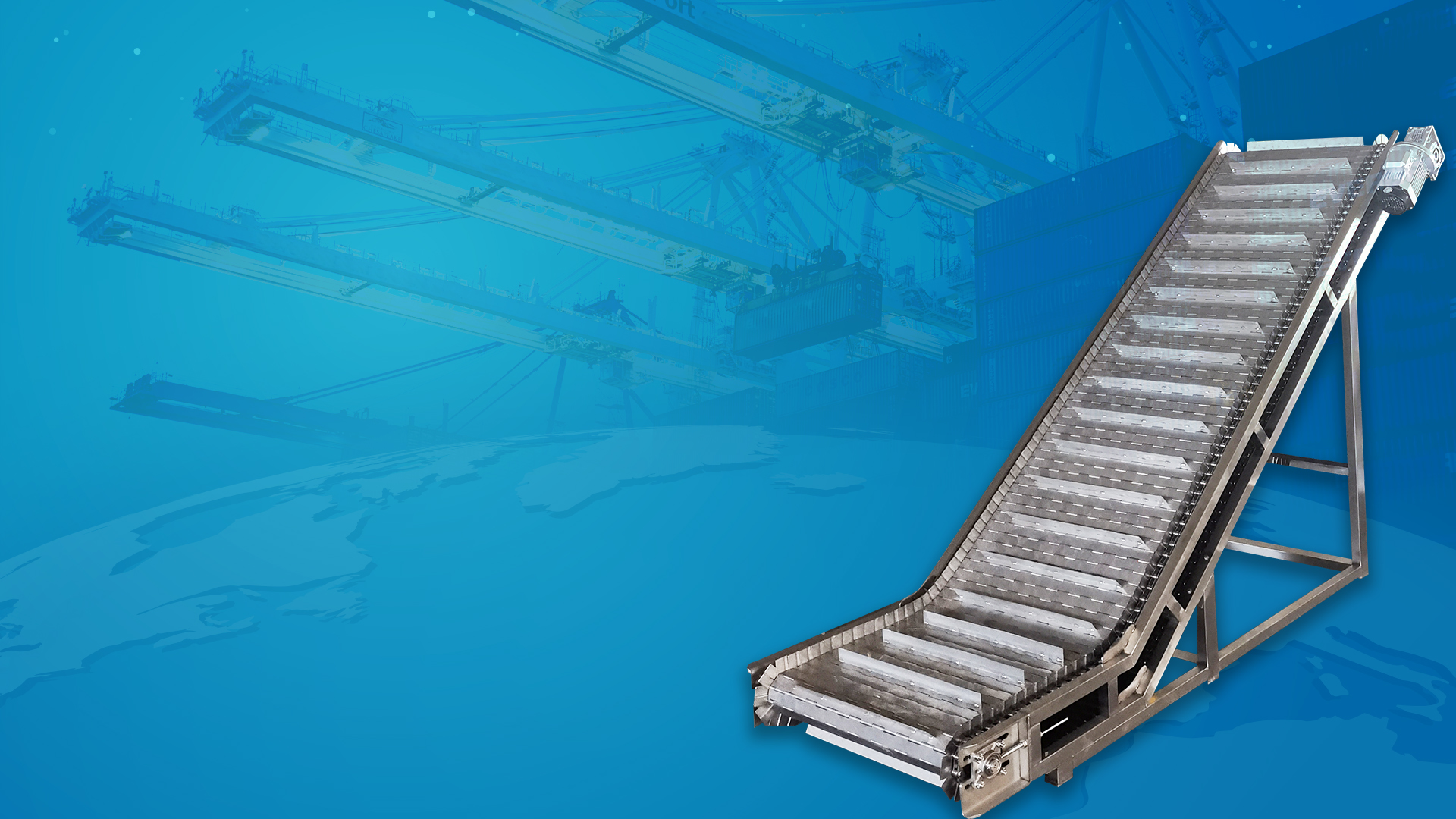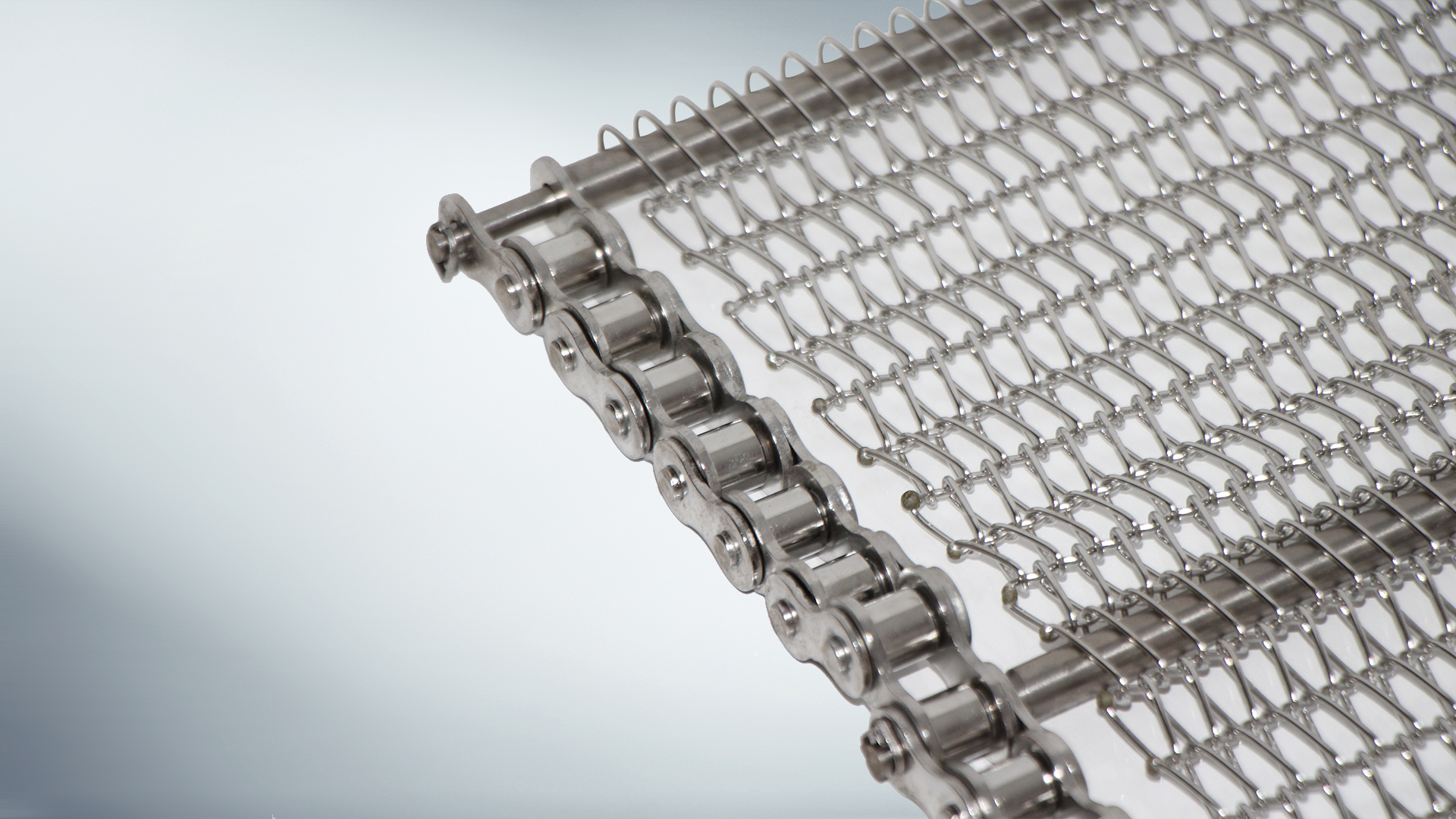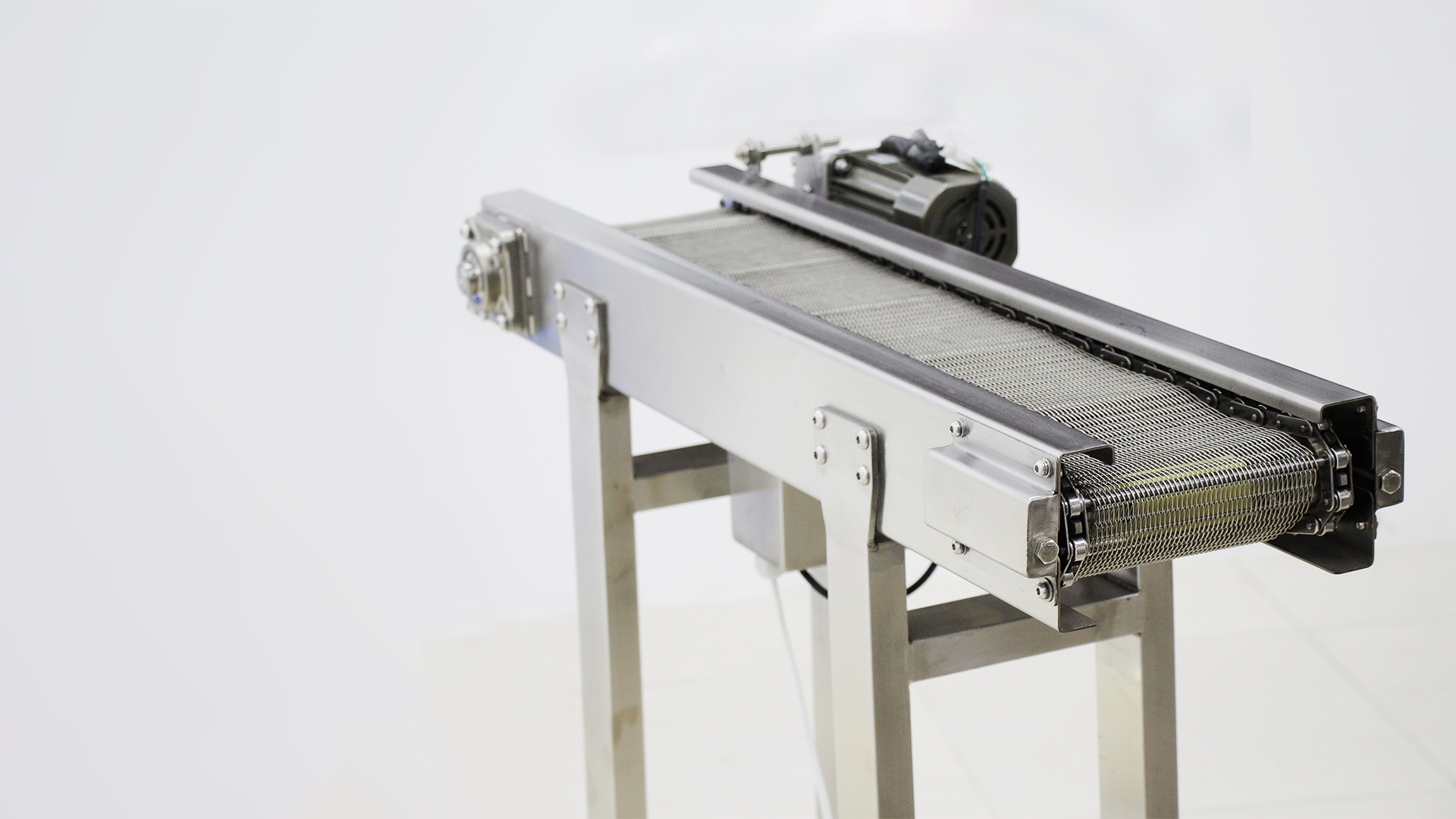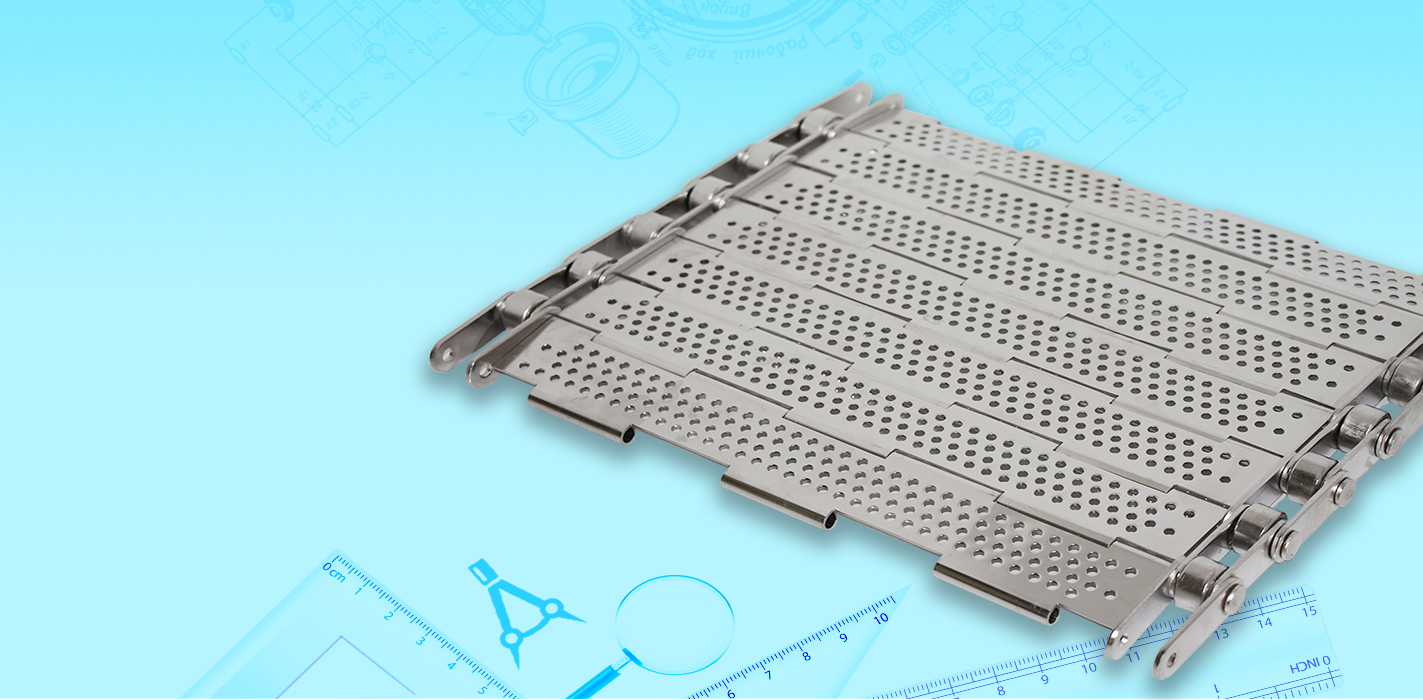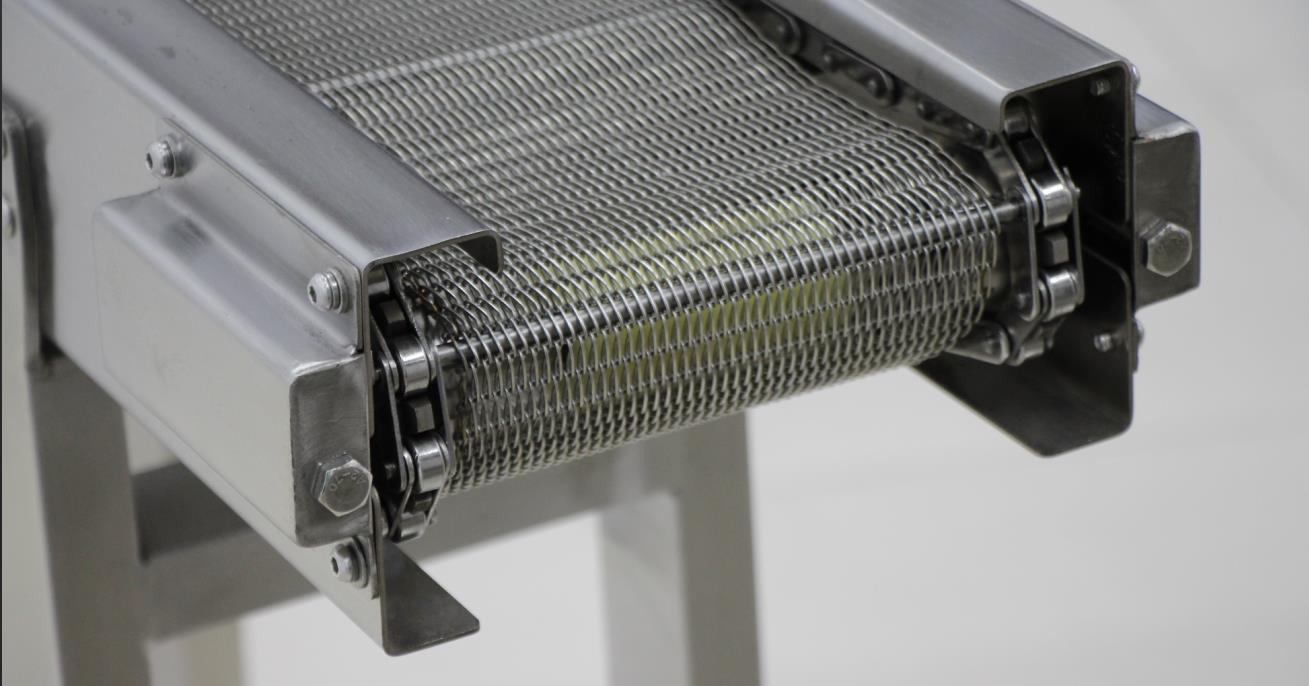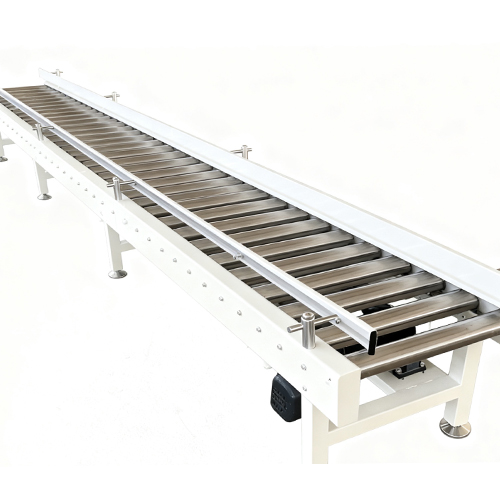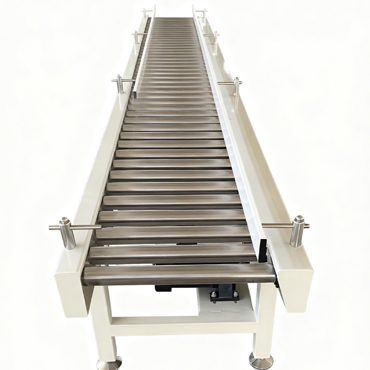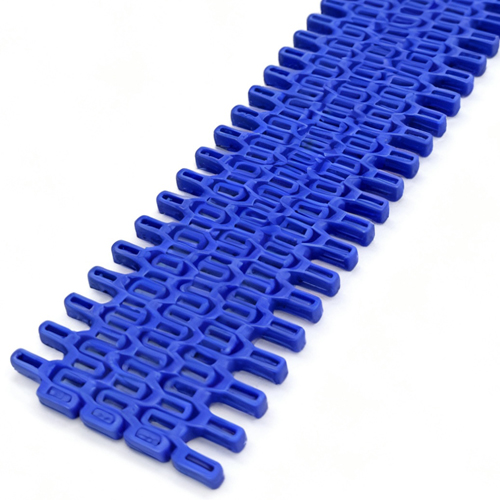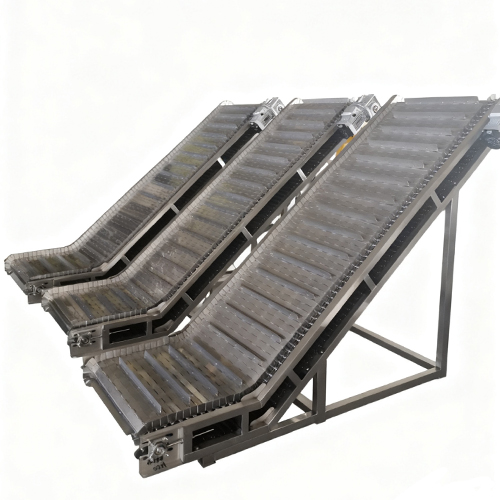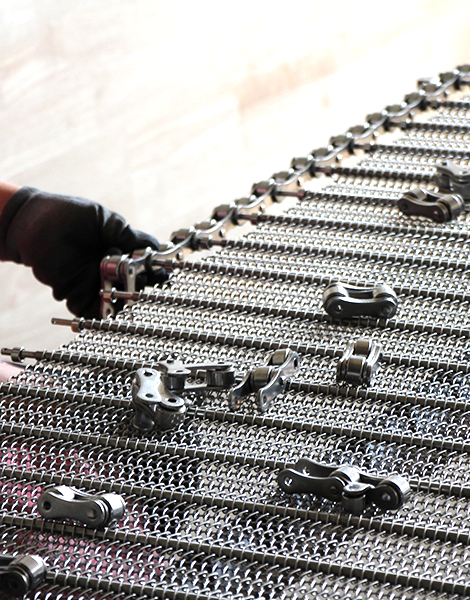Roller conveyors are a common type of logistics handling equipment. Their conveying capacity is influenced by multiple factors.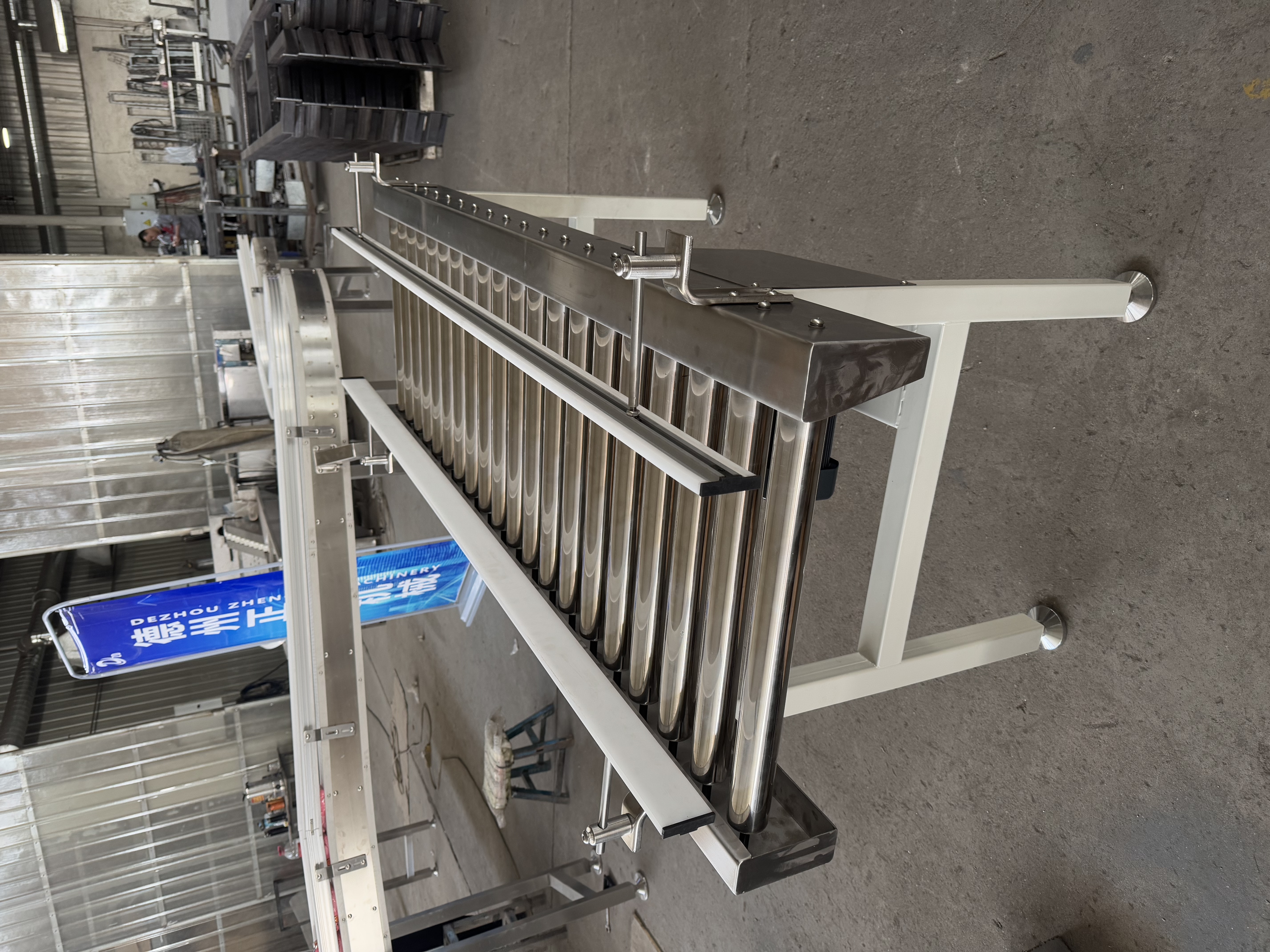
From a structural perspective, the diameter and spacing of the rollers affect capacity. Larger-diameter rollers and appropriate spacing enable smoother movement of materials during conveyance, reducing jams and blockages and enhancing efficiency. Large-scale production lines, for instance, typically employ rollers with larger diameters and well-spaced configurations to meet the demands of continuously conveying high volumes of materials.
Regarding the power system, the motor's power rating determines the conveyor's driving force. Higher-powered motors deliver greater torque, accelerating roller rotation and increasing material throughput speed. Additionally, an effective power control system can adjust the speed based on factors such as material weight and length. This ensures sustained high conveying capacity under varying operational conditions.
Additionally, the length and inclination angle of roller conveyors impact their capacity. Longer distances require higher speeds and greater power to ensure materials reach their destination smoothly. An appropriate inclination angle uses gravity to assist with conveying and enhance efficiency. However, excessive inclination may cause material slippage or other issues, so careful design based on specific conditions is necessary.



